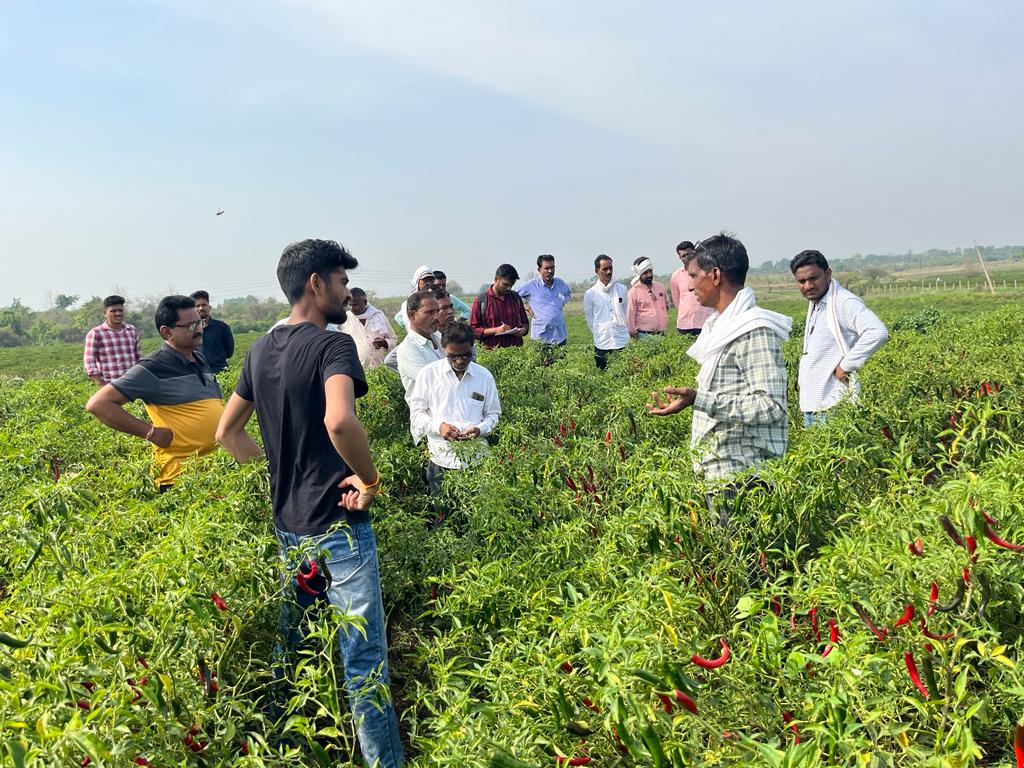Chilika Lake, located on the east coast of India, is a vital ecosystem that covers over 1,100 square kilometres. It is home to diverse habitats, including mangroves, mudflats, and estuaries. This rich environment supports many species, including endangered ones like the Irrawaddy dolphin and Olive Ridley turtle. For generations, local communities have relied on the lake for their livelihoods. Small-scale fishers, spread across 152 villages, depend on the lagoon for income and sustenance. In 2009, the population of these villages was about 403,356, with 36% being fisher households. However, the lagoon’s ecosystem is under threat from shrimp aquaculture and the artificial opening of the sea mouth.
In the 1980s, shrimp farming became popular in the region, promising economic growth. However, it has led to competition for space and resources, pushing traditional fishers out. Many fishers feel alienated as their fishing grounds diminish, creating class exploitation where powerful corporations benefit at their expense. The expansion of shrimp farms has also polluted the water, harming aquatic life and reducing fish availability for local communities.
The opening of a new sea mouth in 2001 aimed to improve fish production but has disrupted the lagoon’s natural balance. Changes in salinity and water quality have impacted local biodiversity. The conflict at Chilika Lagoon highlights a deeper social tragedy, as local fishers face loss of income and food security.
Despite these challenges, the resilience of local communities shines through. Small-scale fishers have banded together to advocate for their rights and the preservation of their environment. They have engaged in legal battles against shrimp farming corporations and protested against policies that threaten their livelihoods. Movements like the Save Chilika Movement have united fishers with civil society groups to demand justice and sustainable practices.
In the early 1990s, fishers protested against a shrimp farm project backed by Tata and the government. Their efforts led to the withdrawal of this project and a Supreme Court ruling that banned aquaculture in the lagoon. However, illegal shrimp farming continues, threatening the lagoon’s resources.
The fight for Chilika Lagoon is not just about protecting the ecosystem; it is about preserving the way of life for those who depend on it. The community’s struggle reflects a global challenge of balancing economic development with environmental sustainability and social justice. Their efforts serve as a beacon of hope, showing that collective action can lead to meaningful change and protect essential resources for future generations.




